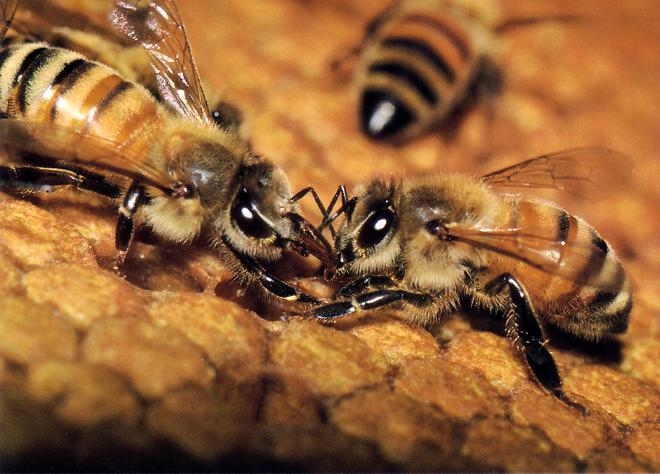This weekend, two exhibitions will highlight the Nilgiris’ history, and the ecology of the biosphere, shola grasslands, bees, and most importantly, the communities who have lived there through the centuries. The primary exhibition curated by Jenny Pinto, Remembering and Reimagining, was created to commemorate the 200th anniversary of the founding of Ooty, which was observed last year.
Jenny says the exhibition, commissioned by the Ooty Literary Festival in 2023 and produced by TNMAI (the Nilgiris Mountain Arts Initiative), took five months to curate. It comprises an annotated collection of over 300 photographs of the Nilgiri mountains that reflect the region’s ancient geological and ecological history, and the ‘fascinating indigenous tribes who lived for hundreds of years in harmony with the mountains, until the colonists arrived in the early 19th century and transformed the landscape ecologically, architecturally and culturally’.
“When the Europeans were in the Nilgiris, they kept a good photographic record of the region. Many pictures are with archives in Europe and in university archives in the US, so I sourced them from these archives. I also sourced many images from Christopher Penn, the great grandson of Albert Penn (an English photographer who lived in the Nilgiris from 1865 to 1924),” says Jenny, adding that the more contemporary photographs were from people who have researched and written extensively on the Nilgiris.
The photographs captured by colonial era photographers, ethnographers, and contemporary chroniclers have been sourced from collections around the world as well as from family albums in the Nilgiris, and contributions by Dr. Tarun Chhabra, Vasanth Bosco, Ramya Reddy and Sharada Srinivasan. There is a special section on the photographs of Albert TW Penn, an English photographer who lived in the Nilgiris from 1865 to 1924, from the archives of his great grandson, Christopher Penn.
On February 23, visitors can look forward to a book discussion, of a volume titled The Nilgiri Hills: A Kaleidoscope of People, Culture and Nature by Paul Hockings that includes contributors to the exhibition.

The second exhibition titled Honey Bees of the Nilgiris, was curated by Tamil Nadu-based Keystone Foundation for the Indigenous Youth Forum (organised by the Food and Agriculture Organisation of the United Nations in Rome) in October 2023. Spotlighting the diversity of native honey bees, and beekeeping practices, it also highlights the Foundation’s work on bees and adivasis in the region. Anita Varghese, ecologist at The Keystone Foundation, and exhibition curator, says, “World over, in the name of scientific beekeeping, the focus is on just one species, i.e. the Apis mellifera. It’s at the cost of forgetting our native honey bees, and we realised it is not enough to just talk among ourselves, but to get this out to people. There are several indigenous honey bee species found all over India, and most of them are found in the Nilgiris, which is a unique phenomenon. As consumers, we need to know where the honey comes from, which forest, who are the people who collect it, and what is the traditional knowledge associated with that practice,” she concludes.
From February 23 to February 26. 10 am to 8 pm at Bengaluru International Centre, Domlur.







